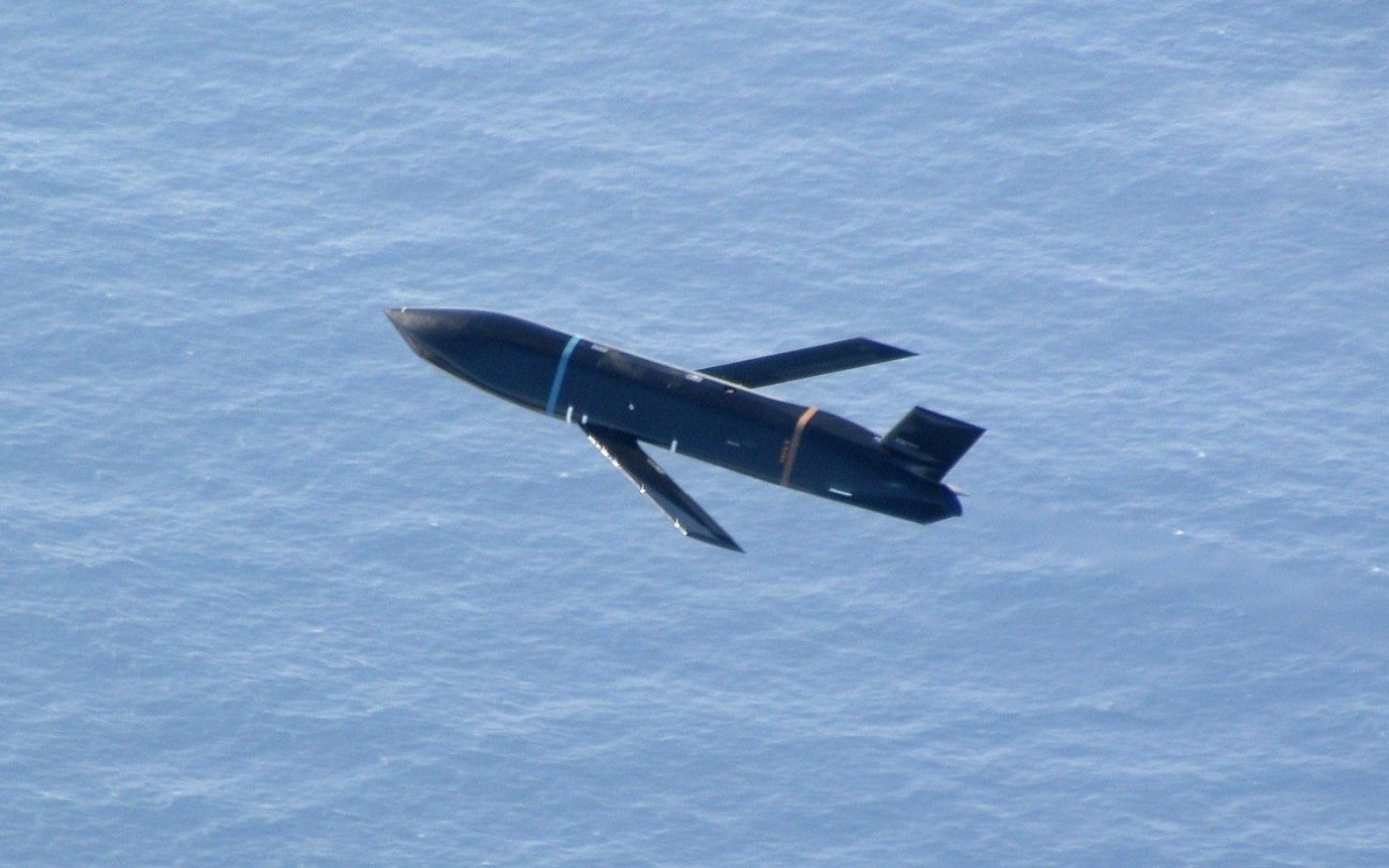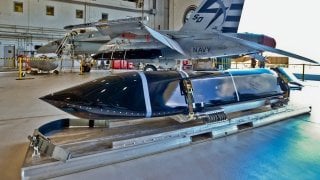LRASM: The U.S. Military's 'Stealth Munition' That Makes China Sweat
The Long Range Anti-Ship Missile (LRASM), developed by Lockheed Martin and derived from the Joint Air-to-Surface Standoff Missile (JASSM), has become a key asset for the U.S. Air Force and Navy.
Summary and Key Points: The Long Range Anti-Ship Missile (LRASM), developed by Lockheed Martin and derived from the Joint Air-to-Surface Standoff Missile (JASSM), has become a key asset for the U.S. Air Force and Navy.
-Designed to replace the Harpoon missile, the LRASM offers advanced autonomous targeting, precision guidance, and stealth capabilities, making it ideal for penetrating sophisticated air defense environments.
Important Point: Due to increasing demand, particularly in light of potential conflicts like a Chinese invasion of Taiwan, Lockheed Martin has opened a second production line to increase output to 1,000 missiles per year.
Lockheed’s LRASM: The Next-Gen Anti-Ship Missile Reshaping Naval Warfare
The Long Range Anti-Ship Missile (LRASM) is now in use with the U.S. Air Force and Navy. Resulting from a DARPA project, the missile was designed from 2009-2017 and entered service in 2018.
The air-launched LRASM is meant as an upgrade from the Harpoon, the go-to U.S. anti-ship missile since its debut in 1977.
Lockheed Martin won the LRASM contract and delivered a sophisticated weapon with autonomous targeting capabilities.
Designing the LRASM
According to Lockheed Martin's website, the LRASM was developed to give warfighters the ability to “deter and defend.” The LRASM, “to penetrate today’s sophisticated integrated air defense environments” was designed with the ability “to employ considerable precision routing, guidance and stealth, day or night and in all weather conditions.”
The LRASM was derived from the Joint Air-to-Surface Standoff Missile (JASSM) and is a “precision-guided intelligent anti-ship missile design to interdict a variety of surface threats at very long range, navigating semi-autonomously to the target, and delivering a precise payload from safe, standoff range.”
The LRASM is already in use with the F/A-18 E/F and the B-1B, and it will soon be in use with the F-35. The missile gives these warplanes advanced anti-ship capabilities and reduces their reliance on Intelligence, Surveillance, and Reconnaissance platforms, network links, and GPS navigation. The LRASM has superlative range and lethality.

Stocking Up
Demand for the LRASM is high enough to force Lockheed to open a second production line. Current events are driving the LRASM’s popularity. Wargames suggest the LRASM will be an effective tool in countering a Chinese invasion of Taiwan, but that U.S. stocks are too limited and would be quickly depleted in conflict with the world’s most populous nation. Efforts are therefore underway to grow those stocks.
“I think one of the most glaring gaps in our portfolio is anti-ship weapons, especially air-launched ones, and LRASMs are particularly important since it gives you the ability to attack from standoff,” Stacie Pettyjohn, director of the defense program at the Center for a New American Security, told Air & Space Forces Magazine. “For several decades, we got out of the ship-killing business. You actually do have to invest resources in it.”
Lockheed is producing about 500 LRASMs and JASSMs per year. The second production line should help Lockheed double combined output to 1,000 units per year. Current Air Force procurement for the LRASM is relatively modest, with just 27 missiles planned for Fiscal Year 2024. But incremental increases to LRASM procurement should help the Air Force buy about 380 of the missiles through 2028.
About the Author: Defense Expert Harrison Kass
Harrison Kass is a defense and national security writer with over 1,000 total pieces on issues involving global affairs. An attorney, pilot, guitarist, and minor pro hockey player, Harrison joined the US Air Force as a Pilot Trainee but was medically discharged. Harrison holds a BA from Lake Forest College, a JD from the University of Oregon, and an MA from New York University. Harrison listens to Dokken.


